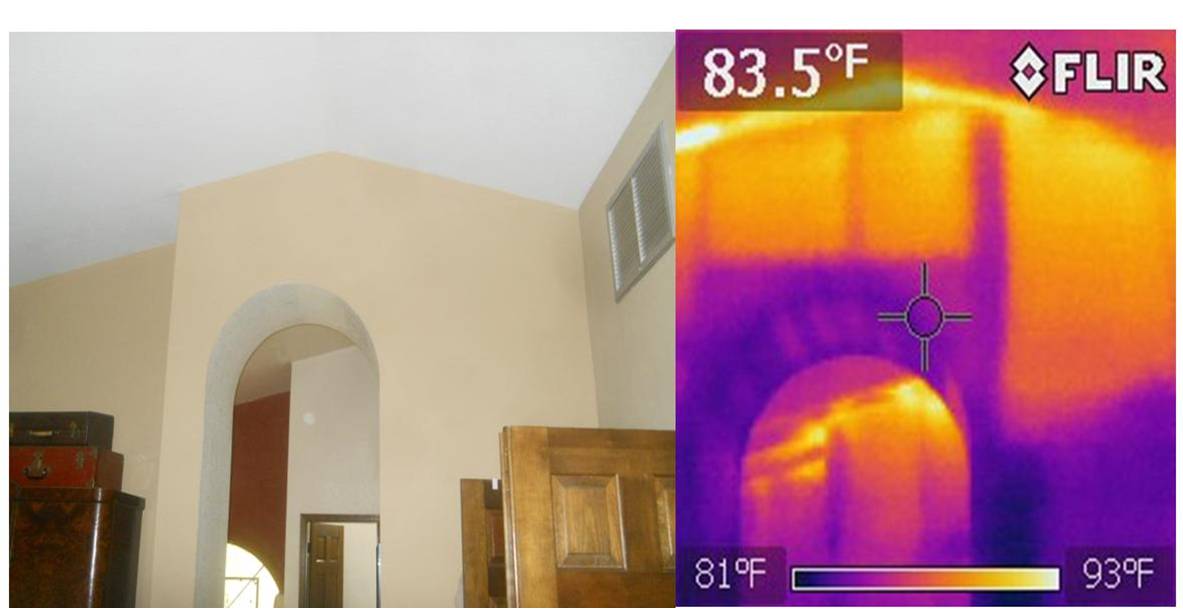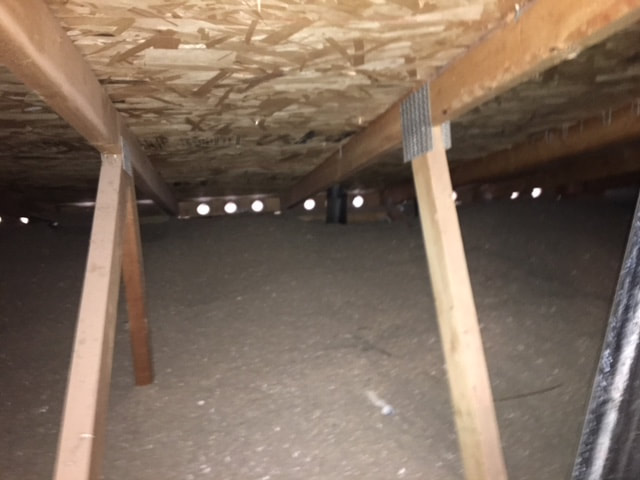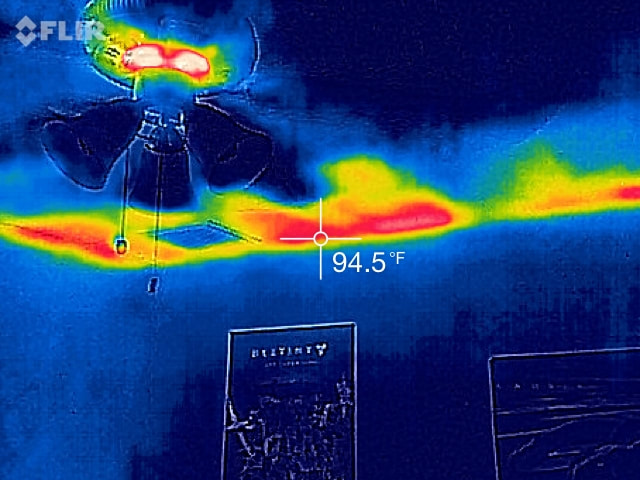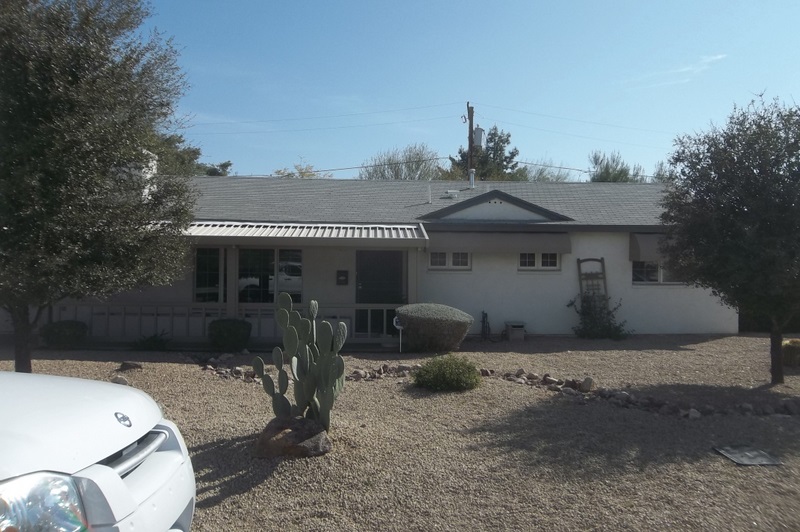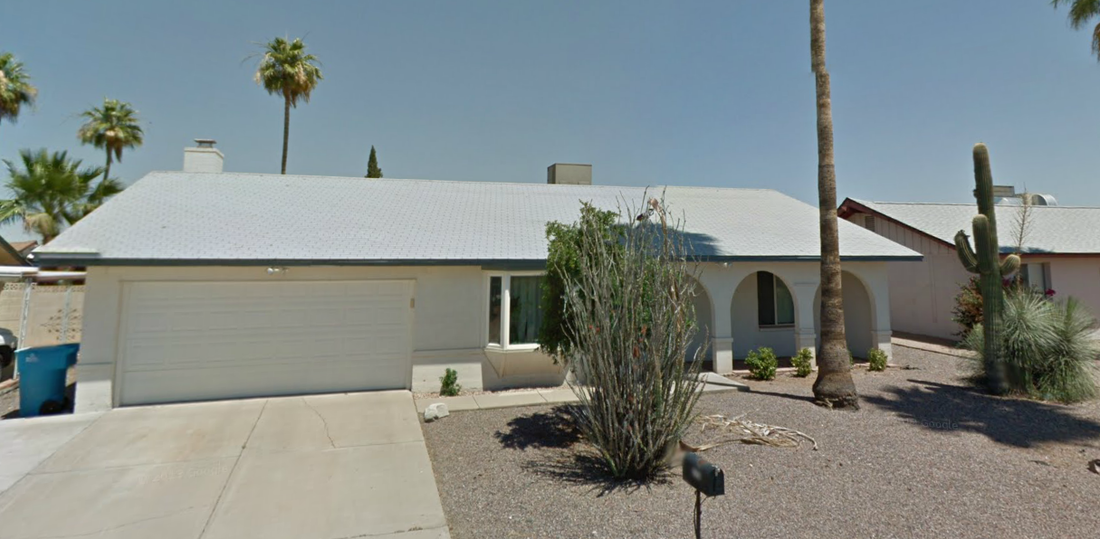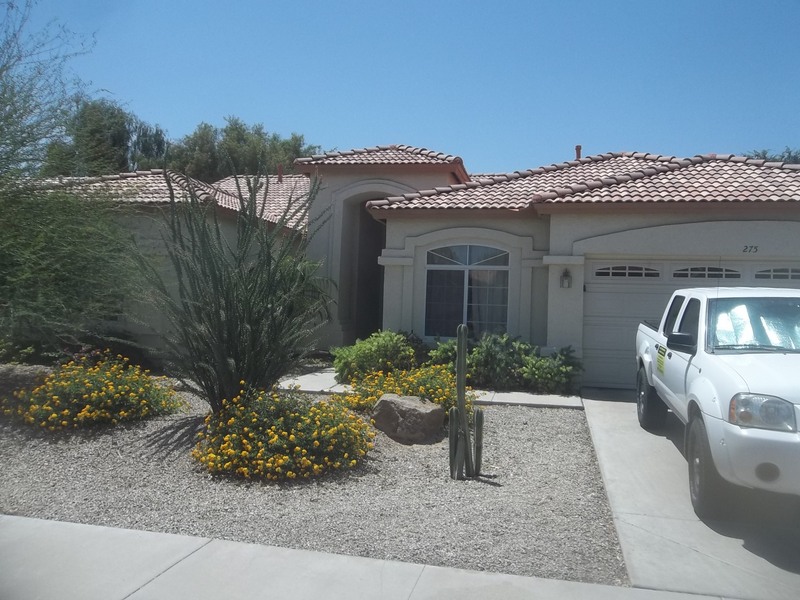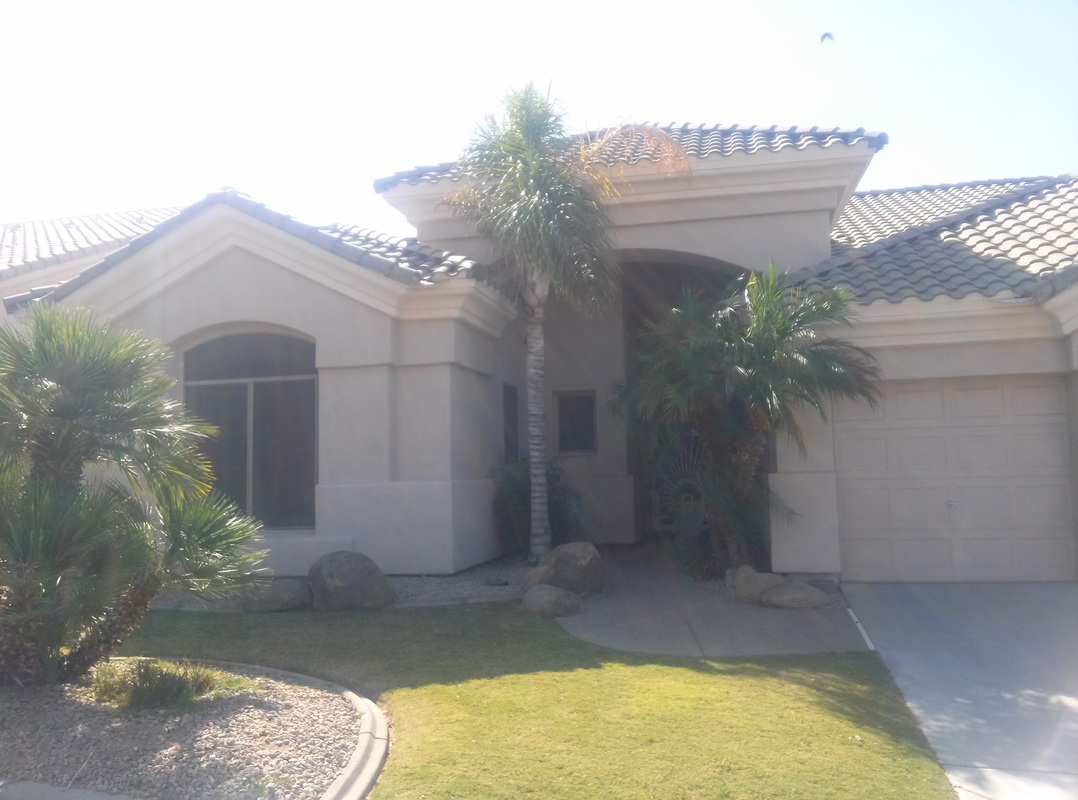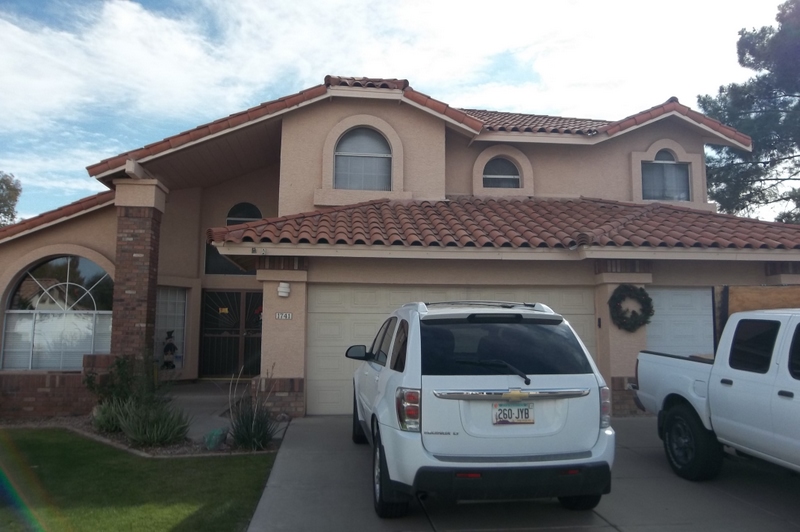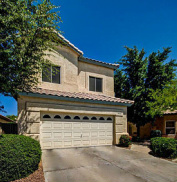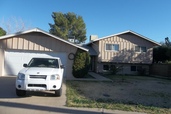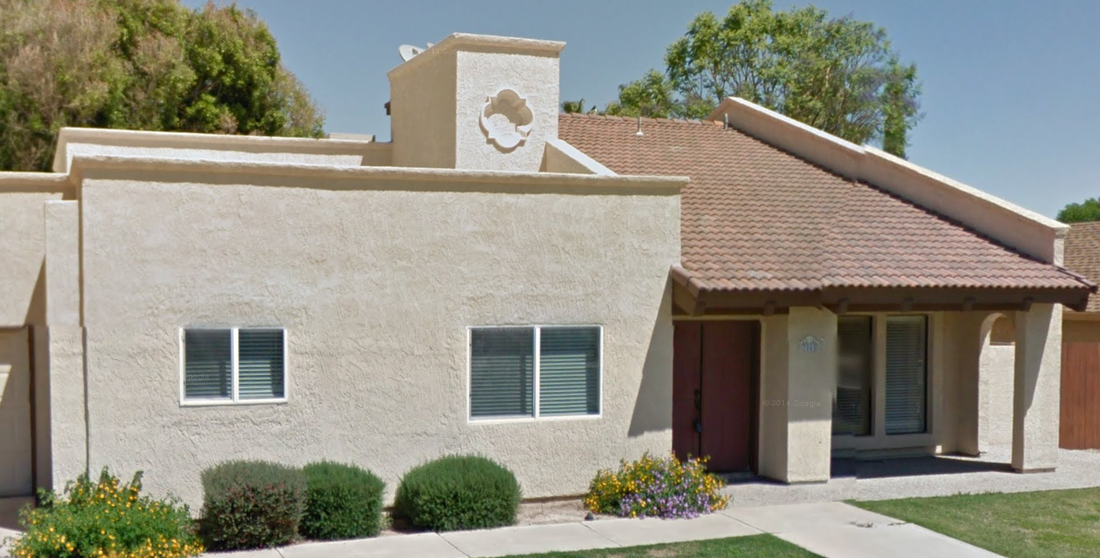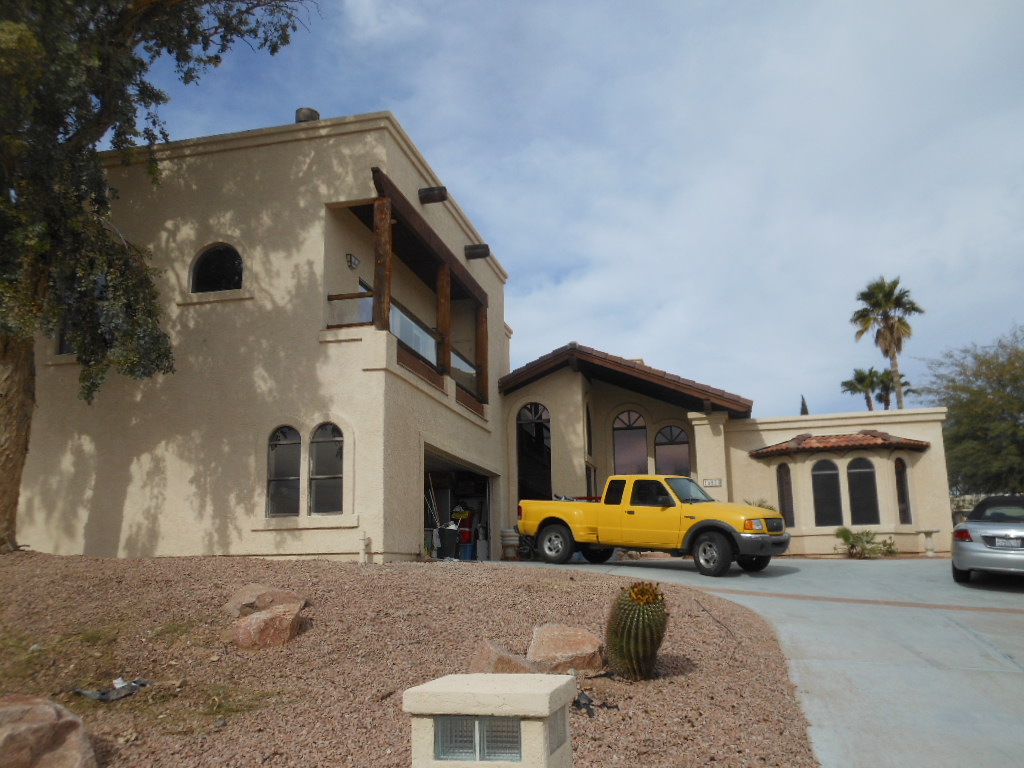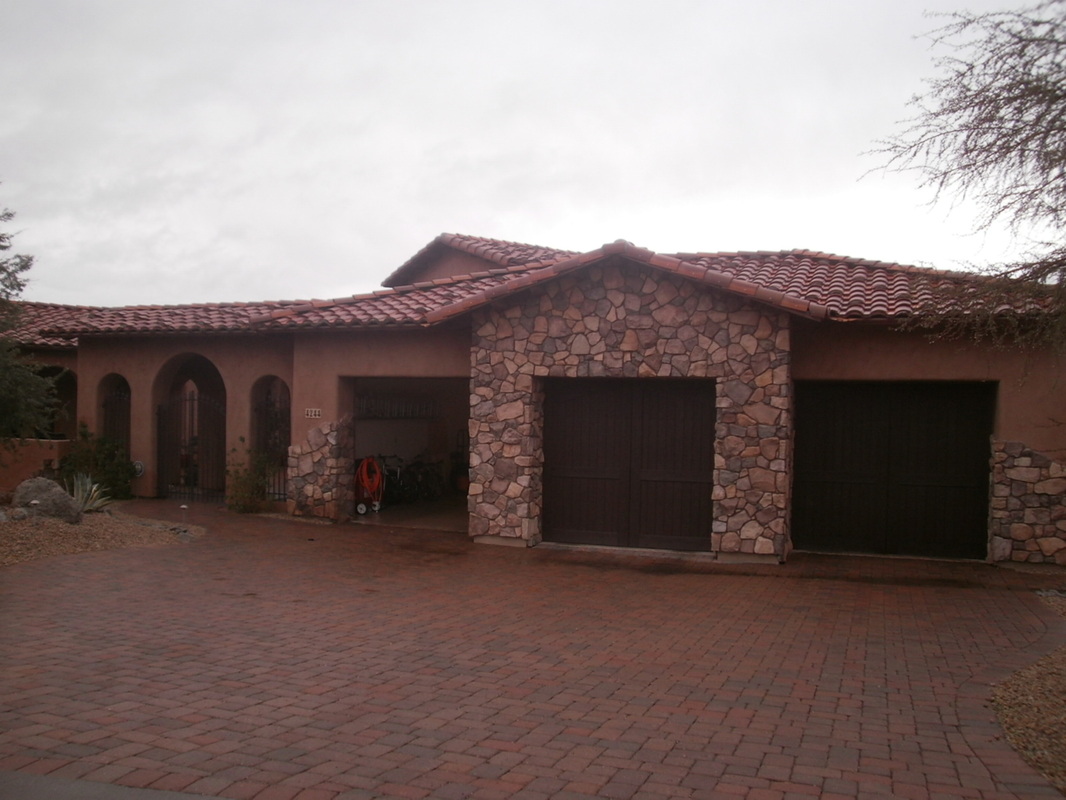|
SRP has a great rebate program for high efficiency air conditioners but homeowners need to be aware of SRP’s requirements to qualify for the A/C rebate. Many companies offer “rebates and incentives” but they never comply with the SRP rebate requirements and really just hike their original price up so high, then discount it by applying cash back and incentives and in the end, you still end up paying a higher price for a new A/C system and you miss out of SRP’s quality install requirements. You’ll know you are getting a true SRP rebate when you complete these forms. In this post we will breakdown the SRP air conditioning rebates, SRP rebate requirements and the importance of why SRP puts them in place. The A/C system is by far the largest energy user in Phoenix homes, often doubling in the summer months so any savings you can get from a high efficient A/C unit will translate into year over year savings for the life of the system. Only SEER 16 and EER 12.0 or higher units qualify under SRPs rebate requirements. There are additional requirements that SRP puts in place to ensure a quality install and for good reason. SRP Cool Cash Air Conditioner Rebates SRP has a generous rebate amount for high efficiency air conditioners both for split systems and package units in the table below.
All the requirements must be met for the SRP A/C rebates to apply. Typically SEER is given more attention that EER or HSPF ratings. However, SRP requires the EER for good reason. In hot, dry climates like Phoenix, EER is more important than the SEER rating. EER Is More Important Than SEER I like the way SRP has structured their A/C rebates because they put requirements in place that award rebates not only for a high efficiency A/C system, but also to make sure a proper installation takes place. Here is a list of the SRP rebate requirements and explanations.
What Happens If One Of The SRP Requirements Are Not Met? If for example, the new high efficiency A/C meets all SRP’s efficiency requirements but after installation your contractor finds the airflow or charge is out of specifications and will not meet the SRP rebate requirements, you have two options. The first option is to have the A/C contractor fix the deficiencies to meet SRP rebate requirements. Depending on how much additional work is required, this may be done at no cost or at an additional charge. Now let’s say the airflow is out of SRP’s specifications because the ductwork is sized wrong and fix the problem will cost an additional $300 that you do not want to pay. Under this scenario, the unit would no longer qualify for the SRP rebate. Are There High Efficiency Package System Heat Pumps? Just because Trane, Carrier or Lennox do not have a high efficient package system doesn’t mean that they don’t exist. SEER 19 variable speed compressors do exist for package heat pumps. Contact Green ID for a free consultation of our high efficiency A/C systems. Other SRP Rebates SRP not only has rebates for high efficiency air conditioners, they provide rebates for sealing ductwork, adding insulation, shade screens, smart thermostats and air sealing. See the table below for details.
Using the SRP air conditioner rebates are a great way to lower the cost of a high efficiency A/C system while ensuring a quality install. Contact Green ID for a free consultation to go over your A/C replacement options or if you would like a complete energy audit, you can start by taking a quick online survey to see if your home is a good fit. Click here to find a list of all other SRP rebates.
0 Comments
Insulation jobs are not as simple as blow-and-go and mistakes made or overlooked by insulation contractors can end up wasting a lot of your money with little benefits to show. Here are 3 critical items that must be done for every insulation job to make sure the insulation is not compromised because when it comes to blowing insulation, the preparation is almost as important as the depth. 1. Air seal the attic. 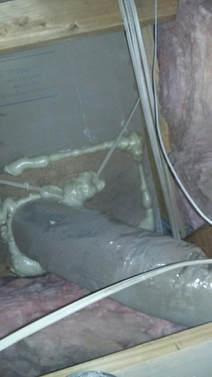 Two story homes and ranch style homes are particularly guilty of committing air sealing sins. Air sealing is separating the attic from the conditioned house and you would think that the framers, drywallers and A/C contractors would know this when they build the house but surprisingly in most homes we find a lack of boundary between the attic and home. Often times there is no barrier between the attic and the house except for a piece of ¾” drywall that is all that is stopping the Arizona summer heat from entering the home. Of course there should be a nice thick blanket of 12” of insulation on top of the drywall but no, during our attic inspections we often find these attic air sealing sins and need to air seal the home before we blow the insulation. Why Is Air Sealing Necessary Before Blowing Insulation? 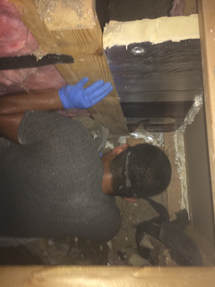 If you take away nothing else from this blog, know that insulation is not an air barrier. What does that mean? It means that attic insulation does not stop the air from passing through it, so even if you pile 24” of insulation in the attic, hot attic air will still pass through the insulation and get into the home. Think of a sweater on a windy day, that sweater is still letting a ton of air through. You need a wind breaker on top of your sweater to keep you warm just like your insulation needs an air barrier to be effective. What qualifies as an air barrier? Drywall does, as does foam board, plywood, and spray foam when installed continuously to seal the cavity air tight. Don’t make the mistake of typical insulation contractors and blow-and-go and air seal your home before you insulate. What needs to be air sealed? Soffits, wall chases, plant shelves, top plates, exhaust fans, boot to sheet rock gaps, thermostat wires, electrical wires and plumbing penetrations. A home energy audit can help identify how leaky your home is and where the majority of leakage is coming from (it’s not your windows if you live in Arizona). 2. Kneewalls Are Neglected. A kneewall is a vertical wall in your home that has a back side in the attic. Kneewalls are a nice architectural feature that homeowners use the horizontal shelves as a place to hold decorations or they may be functional to change from a vaulted part of the house to a flat ceiling in a bedroom or office. The fact is that kneewalls are also in the attic and just like the drywall ceiling, they need to be properly insulated. Many a times our thermal cameras will reveal how poorly insulated kneewalls are. If the entire attic floor is well insulated but the kneewalls are bare, guess where the all the attic heat is going to enter your home through? That’s right, your kneewalls. Heat flows in the path of least resistance and having improperly insulated kneewalls will compromise the entire attic insulation. 3. Taking Care Of The Attic Hatch. I love when insulation contractors throw a fiberglass batt across the attic hatch and call it good. It’s like telling your kids to clean their room and you come back to see a half-ass job and them preoccupied with whatever they were doing before. Nice try, but that’s a fail. You want a permanent solution and our method is to glue a couple sheets of thick foam board to the attic hatch so the hatch is permanently insulated. Or have you ever noticed how the insulation conveniently tapers down around the attic hatch because no one figured you could build a dam around the hatch and insulation right up to the hatch? All interior attic hatches need to be insulated with foam board and have a dam built high enough so insulation can be the same depth right up to the attic hatch. Honorable Mentions – Insulation Tips and Common Mistakes To Avoid 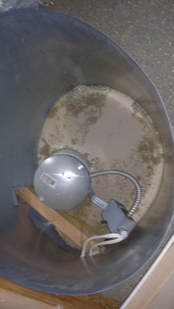
What Insulation Upgrades Do Not Need To Be Done This list includes common insulation misconceptions, upgrades that won’t save you money on your energy bills but they may or may not be beneficial in other ways.
By doing these upgrades before you insulate your home, you’ll be sure to have a properly sealed and insulated home. Find out more: Does your attic insulation need to be removed? How much does insulation cost? SRP rebates for insulation. Load controllers are great at saving energy but no one expects or wants to sacrifice their comfort to have one installed? If they did, then no one would need a load controller and we would all just shut off our air conditioners during the hottest part of the day like our grandparents did before central heating and cooling. The whole purpose of a load controller is to work behind the scenes, with little interference with our everyday lives. What happens in some homes is that the friendly, non-assuming load controller who is supposed to save us money on our energy bills turns into this dominate, house controlling monster that everyone hates. That’s when we get the call of, “just take it off my house!” Of course, no one wants to get to that point so this guide will help you decide if a load controller is right for your home. If you are considering solar or purchasing a load controller for your home, we’ve found that load controllers like certain types of homes… and if you’re one of the lucky ones that fit into its preference category, then we would give the thumbs up on installing one. If you find your home doesn’t fit the load controller’s Type A fit, your home may still be compatible and benefit from a demand controller, it may just not be a match-made-in heaven. What Are Load Controllers? Load controllers or demand controllers are installed to save energy and are frequently required by utility companies when homeowners have solar panels installed. Load controllers work by limiting the amount of energy used at one time by shutting down major appliances like the air conditioner, water heater, pool pump, dryer and oven. Utilities companies like SRP are basically requiring all homes with solar panels installed, also have a load controller installed and APS utility companies is also encouraging homeowners whether they have solar power or not to use load controllers to control their energy consumption. What Homes Are Ideal For Load Controllers? 1.Slightly Oversized HVAC Systems That’s right, we said it. Even when writing this I still do a mental double-take because after all the soap box preaching we’ve done about the negative impacts of oversized air conditioners, our experience with load controllers on homes has been better when the air conditioner is about 10% oversized. This doesn’t mean that a 5 ton unit gets put in place of a 4 ton system. I recommend that if your HVAC system is border line now AND you are considering a load controller for your home, I would recommend you stay with the same size system you have now. Use this table below to use as a guide to know if your HVAC system is oversized (the only true way to know what size AC your home needs is to do a Manual J load calculation). 5 ton 1650 – 2000 sq ft 4 ton 1500 – 1600 sq ft 3.5 ton 1300 – 1450 sq ft 3 ton 1100 – 1250 sq ft 2.5 ton 900 – 1050 sq ft 2 ton 700 – 850 sq ft If your home size fits and size of AC unit within these guidelines your AC system would qualify as “slightly oversized.” Even though we have put oversized AC systems in a bad light before, using an oversized system with the strategy laid out can be an advantage. Why is having an oversized system a good thing? A slightly oversized AC system (with the items below) will let you leverage super cooling much more effectively. Super cooling is the ultimate way to game APS new rate plans and utility companies demand charge. The loophole in APS’s new rate plans and in many utility companies demand based rate plans is that off-peak energy is ridiculously cheap… $0.05 per kWh compared to $0.14 per kWh with conventional rate plans. With super a cheap off-peak rate plan E-27 for SRP customers and Saver Choice Max for APS customers, you “super cool” your home during off peak hours to 72 degrees. Then when peak-hours come from 10-2 pm for SRP or 3-8 pm for APS, you raise the thermostat up to 84 degrees. With a well sealed home, your home’s temperature will never get about 80-82 degrees during the middle of the summer and your AC unit will never kick on. The problem with A/C’s that are sized just right for the house is that they aren’t designed to reach 72 degrees in the summer. They can maybe get to 78 degrees during the heat of the summer and it will run constantly. This isn’t a bad thing, it’s what A/C contractors are shooting for with a perfectly sized system (read why it’s important to size you’re A/C properly here). With an oversized system, reaching a lower thermostat setpoint is easier and you’re beating APS at it’s own game by pre-cooling your home for pennies. Now if you have a slightly over-sized A/C system now but are not considering getting a load controller (see below for homes that would NOT be a good fit for a load controller), it’s best to size your system right and take advantage of what a properly sized A/C system can do for your comfort, your energy bills and your air quality. 2. Have Good Insulation and Well Sealed Ductwork Having a well insulated attic and sealed ductwork also plays an essential role in the super-cooling strategy. It’s important to keep all that cool air INSIDE your home once you’re A/C has done all that hard work. If you’re home is leaking 30% of its air into the attic before it ever gets to your rooms and you’re insulation is below the rafters, all the cool air will leak out like when you first shut off your car A/C in a hot parking lot. The ROI for putting more insulation and sealing the ductwork makes sense and we like to say that you are lowering your energy bills without raising the thermostat. 3. Programmable Thermostat A programmable thermostat is not as essential as #1 and 2 are, but it sure makes life easier. The ability to set-it-and-forget-it reduces the friction of having to remember when to adjust your thermostat each day. Smart thermostats like Nest, Eco Bee or Lyric are not recommended with load controllers because of the 5 minute time delay after the thermostat has been turned off. A regular programmable thermostat is the best option. 4. Single Story Home Why a single story home and why not a two story home? A single story home has more attic area to add insulation to, whereas a two story home has more wall area that cannot have insulation added (it can, but it can be cost prohibitive). Having more attic insulation will help keep all the super cooled air inside your home compared to a two story home which has great heat gains from less wall insulation and from the stack effect of warm air rising to the 2nd floor. What Homes Are Less Than Ideal For Load Controllers? 1. Smart Thermostats Smart thermostats do not like load controllers because they are designed to have a continuous power supply. When the load controller kills the power to the smart thermostats, it takes 5 minutes for the thermostat to reset itself. This can conflict with the load controller calling for the AC to turn on and off during peak hours and lead to high temperature swings inside. So when the load controller is calling for the A/C to turn on, the smart thermostat may still be in re-boot mode and unable to turn the system on. 2. You Have An Air Conditioner That Was Properly Sized For Your Home, Or Slightly Undersized A properly sized A/C system is good thing for so many reasons and I am not advocating to oversize your A/C system on purpose. The ideal situation is if you’re A/C unit was recently installed so you’re not going to pay for a properly sized unit anytime soon (and it happens to be oversized). However if your home did have a Manual J calculation done and your unit is properly sized a load controller may not be best for your home and here’s why: to use the super cooling strategy a properly sized AC system will likely not be able to take your home’s temperature past 76 degrees. It’s simply too much load for your unit to handle. Then when peak hours come during the hottest part of the day and you raise the thermostat up to 84 degrees, your homes’ temperature will rise much quicker from 76 degrees than from 72 degrees and you’re A/C system will likely turn on multiple times. Will it be enough to still save money on your energy bills? Yes, but not as much as the home sitting at 72 degrees. 3.You have an unpredictable schedule that lets you work from home some days To take full advantage of demand control (penalty) rate plans, the supercooling strategy is essential. You need to be able to reliably, day after day, lower the thermostat during off-peak hours and then raise it during peak hours to take advantage of the utility company’s cheap off-peak energy rate. If you are like me and sometimes work from home or have someone home on an irregular schedule then following the supercooling plan will be difficult to do because, of course we need to be comfortable in our own homes! Breaking APS and SRP’s Rate Plans Down For APS customers the rate plan you want to choose is the Saver Choice Max or Saver Choice Max Tech plan. For SRP customers, it’s the E-27 plan. Under these plans APS off-peak rate is only $0.052 per kWh compared to APS peak hourly rate of $0.087 per kWh plus a $17.44 per day demand fee, and SRP’s off-peak rate is only $0.042 and $0.063 on-peak and with a demand charge of $9.59 for the first 3 kW and $17.82 for the next kW and $34.19 for each additional kW. We’ve worked out the numbers and if you can avoid the daily demand charge, the savings is significant. If you can’t avoid the demand charge, your energy bills are going the same or slightly higher! That’s a huge difference, and that’s why it’s so important to be able to follow a set schedule. Homes That Should Avoid Having A Load Controller 1.Work from home, or you are at home during the summer afternoon
If you work from home, have a parent or spouse that spends their day at home, and then following the supercooling plan is harder to follow than if you are gone for work Monday through Friday on a regular schedule. 2.You “have to have the air set at 74 degrees all day” I can’t blame those that are creatures of comfort. I crossed the line at my house when I quietly turned up our thermostat one degree at a time during the summer to experiment our upper limit comfort levels and as my family was starting to sweat and get more uncomfortable each night my wife finally caught on and now get an earful anytime I want to touch the thermostat. My wife now has total control of the thermostat and it pains me to have lost that battle. She keeps the thermostat set between 76-78 in the summer now and I can’t do anything about it. Needless to say that I am not supercooling our home if she’s at home during the day and I my load controller is currently inactive. I would not recommend load controllers on your home if you have medical conditions that require your home be kept at a certain temperature or you run a day-care or nursing home from home. There are other ways to save money on your energy bills, but a load controller probably wouldn’t be the best thing. |
Sign Up For Your Home Energy AuditFIND YOUR HOME TYPERanch HomesSingle Story, Spec HomesTwo Story, Spec HomesTri-Level HomesPre-1990 Custom HomePost-1990 Custom HomeDon't See Your Home? Find Your City Below!Archives
April 2024
Copyright Notice©2009 – 2023
All Rights Reserved |


